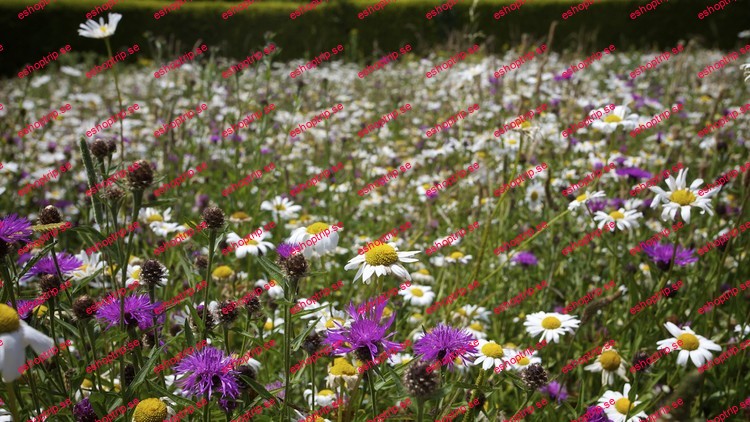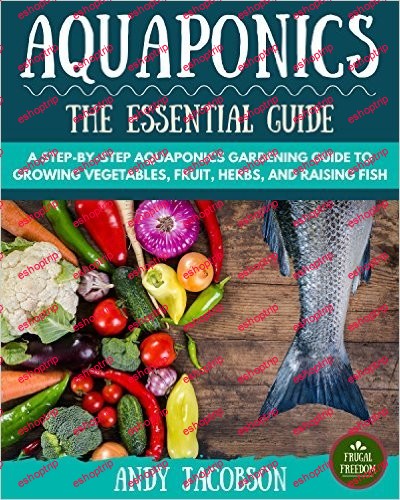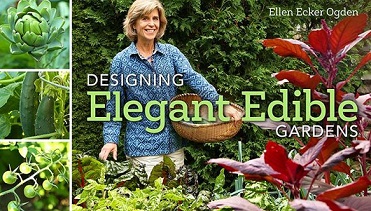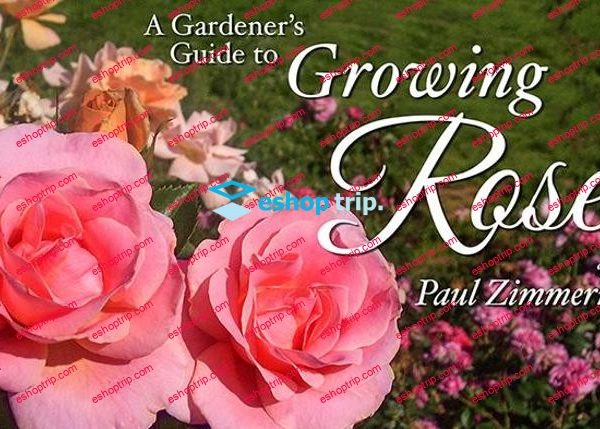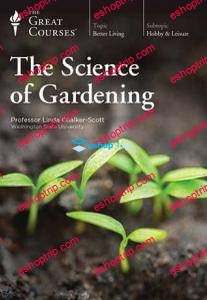Published 9/2024
Created by Jody Fairish
MP4 | Video: h264, 1280×720 | Audio: AAC, 44.1 KHz, 2 Ch
Genre: eLearning | Language: English | Duration: 39 Lectures ( 4h 22m ) | Size: 4.82 GB
Learn how your garden can provide a home for a wide range of animals
What you’ll learn:
Different garden habitats that support UK wildlife.
Practical ways to create habitats for wildlife in gardens.
Woodland habitats
Shrubby habitats
Wildflower meadows in gardens
Compost piles and mulches
Garden ponds
Bog gardens
Log and stone piles
Life cycle of 8 different garden animals: blackbirds, wrens, dragon & damselflies, Bush crickets and grasshoppers, woodlice, earwigs, common toad, hoverfly
This is a course that is part gardening and part naturalist in content.
Requirements:
This course if for anyone wanting to improve their gardens for wildlife.
This is NOT a course teaching general gardening skills.
This is a UK focused course. Not everything will be relevant to EU, USA or rest of the world.
Basic gardening knowledge will be useful, but not essential.
The Wildlife Gardening – Essential Concepts course may be useful to have completed first, but not essential.
Description:
This is a UK wildlife gardening course, suggesting plant options, and practical guidance on various garden habitats. This course looks at different garden habitats that can be created, to support a wide range of wildlife. By choosing the right plants, and providing purpose built structures, like ponds and bee hotels, gardeners can offer the perfect habitats for so many animals. This course explains: – 10 different garden habitats that you can create in your own garden. Looking at the wildlife benefits of each, and a variety of tips to ensure you maximise what you’re offering. – Looks at the merits of other features in gardens, like lawns and patios and considers their usefulness for wildlife and how they can be improved to offer more. – Guidance on which habitats you should consider for your own garden. What to take into account when making plans. – 8 common garden animals are looked at in closer detail, covering their life cycles, benefits to gardeners and threats to their daily lives. It also looks at the practical steps gardeners can take to help support them in their garden. The animals covered are: Blackbird Wren Dragonflies and damselflies Bush crickets and grasshoppers Woodlice Earwigs Common toad Hoverflies In this course, I will also give plenty of other insights into various other garden creatures. – Look closer at the benefits for wildlife and practical aspects of: Woodlands (covering everything from a single tree, to a collection of larger trees) Shrubs and hedges Ponds Wildflower meadows Composting Log and stone piles Green roofs and blue roofsOverall, this is a course for anyone wanting to help wildlife in their garden. Focusing on habitats, this course explains how to set up the perfect welcome for a wide variety of animals.
Who this course is for:
Gardeners interested to learn how to garden in a wildlife friendly way.
Those looking to see more birds, butterflies, bees and other wildlife in their garden.
Anyone looking to know more about the wildlife visiting their garden.
UK gardeners.
Naturalists.
Homepage
